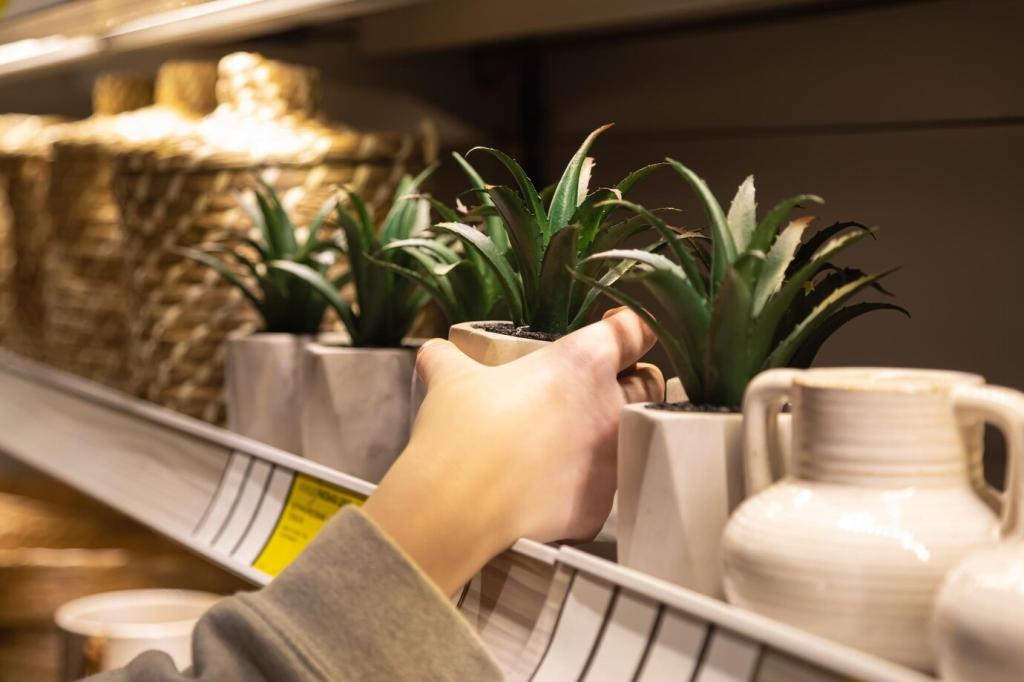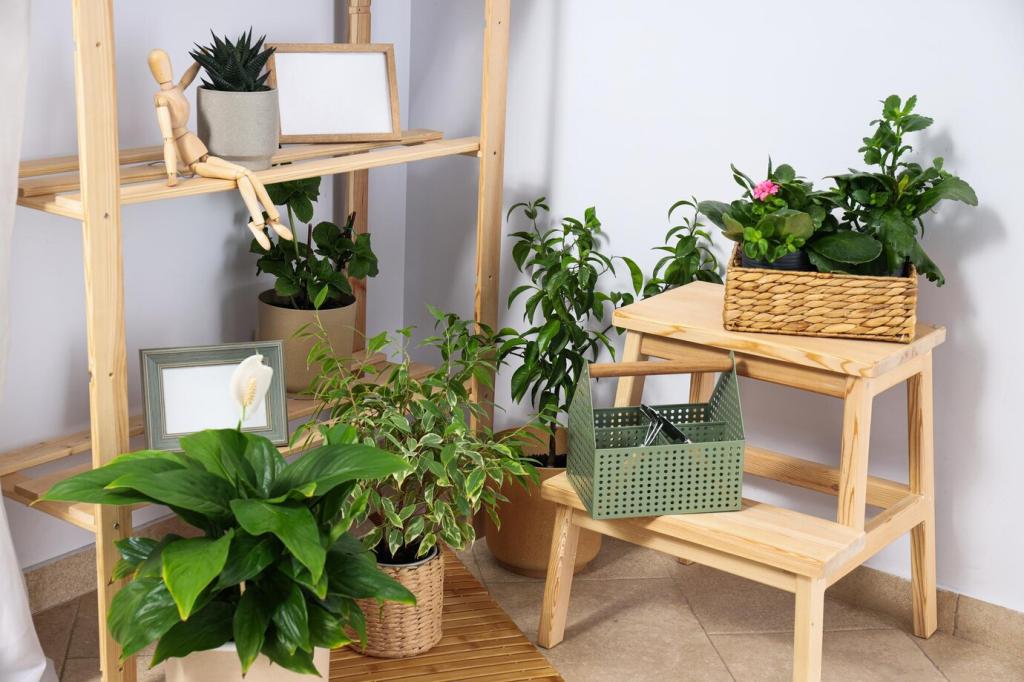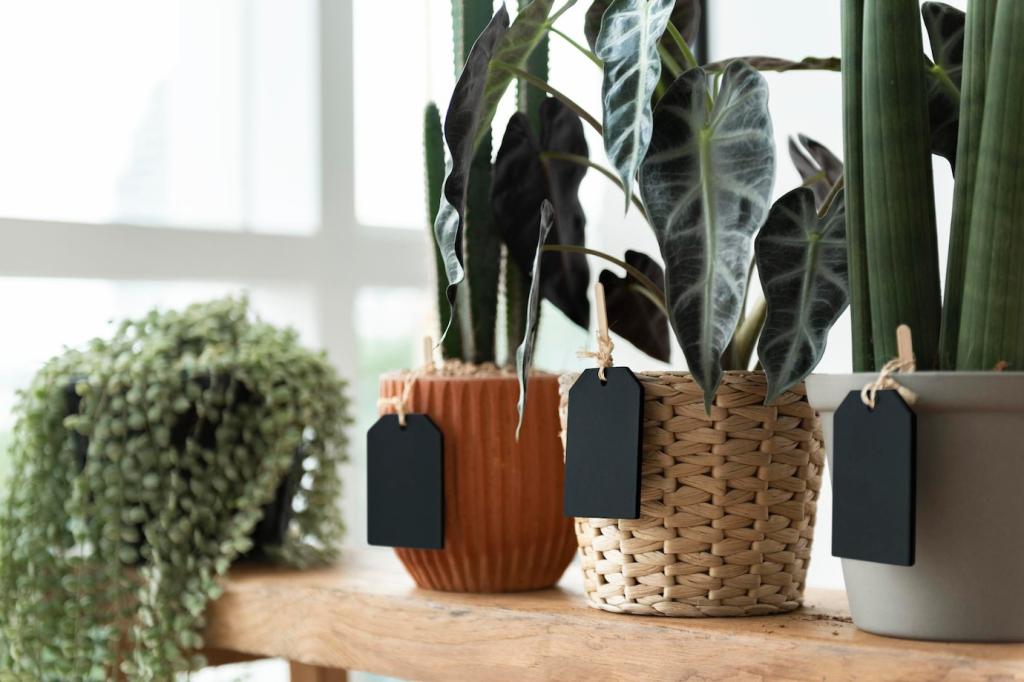Key Certifications Tailored to Interior Projects
LEED for Interior Design and Construction centers on low-emitting materials, construction IAQ management, waste planning, and mindful energy and water strategies within leased spaces. It pairs design choices with practical jobsite procedures and measurable results. Considering LEED ID+C? Comment with your toughest credit and we’ll share community study tips.
Key Certifications Tailored to Interior Projects
The WELL Building Standard prioritizes people through Air, Water, Light, Movement, Thermal Comfort, Sound, Materials, Mind, and Community. As a WELL AP, you translate research into daily design moves: filtration, circadian lighting, and material transparency. Subscribe for weekly breakdowns of WELL features tailored to interiors and actionable checklists.




